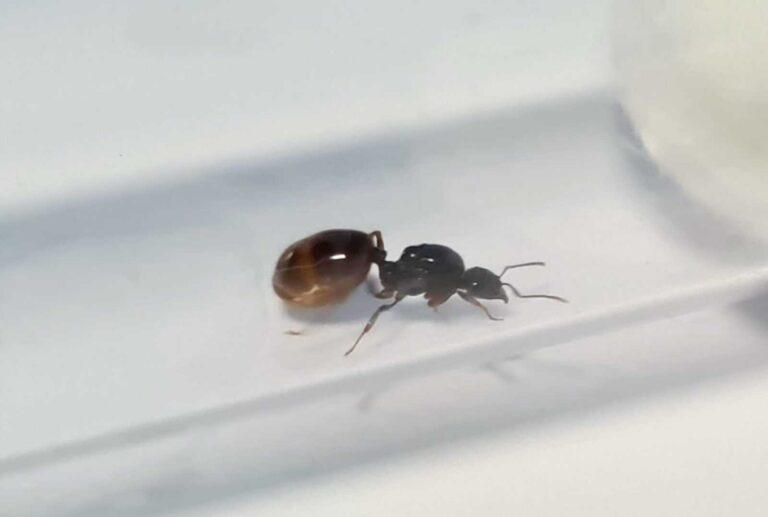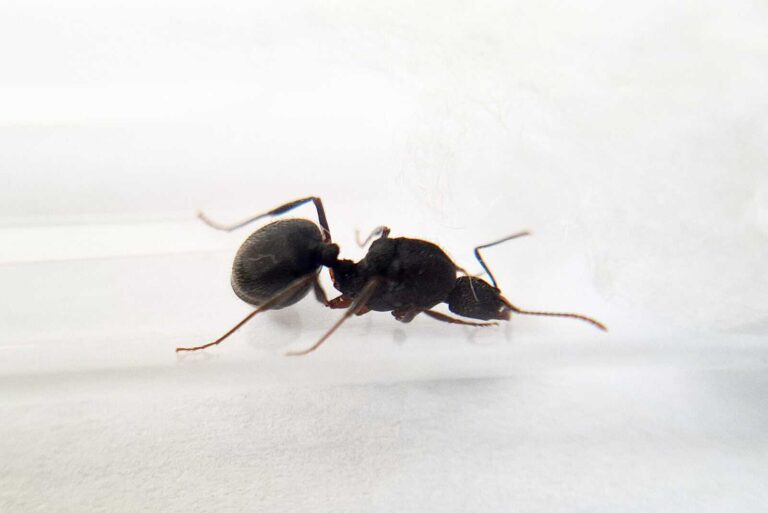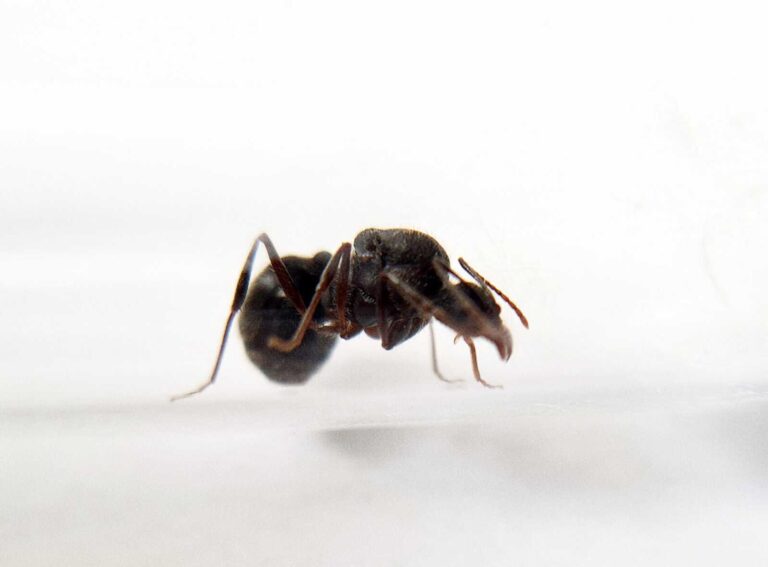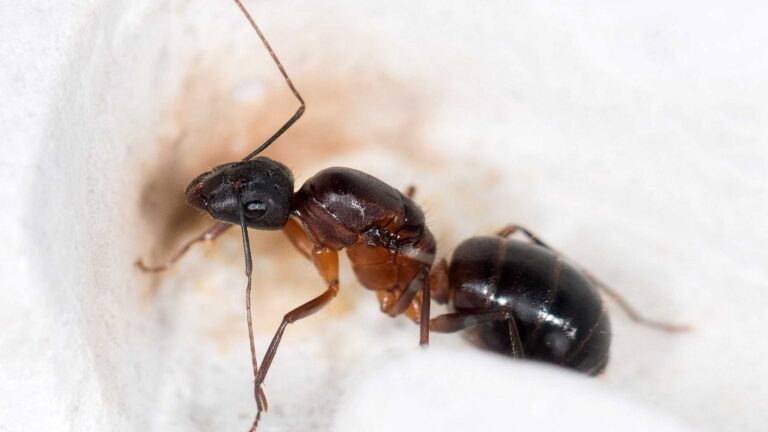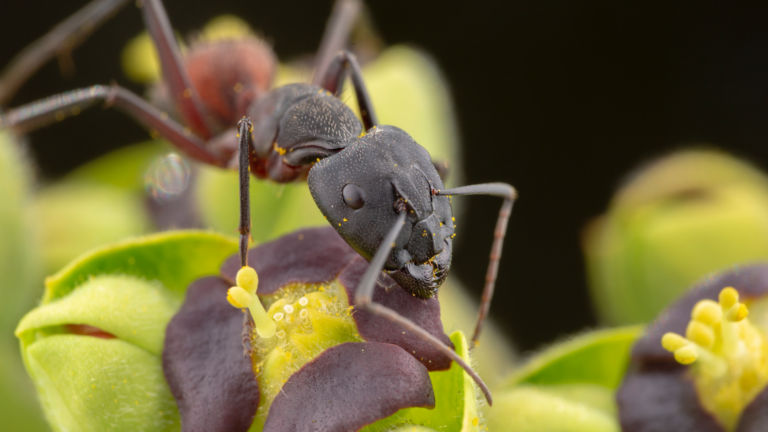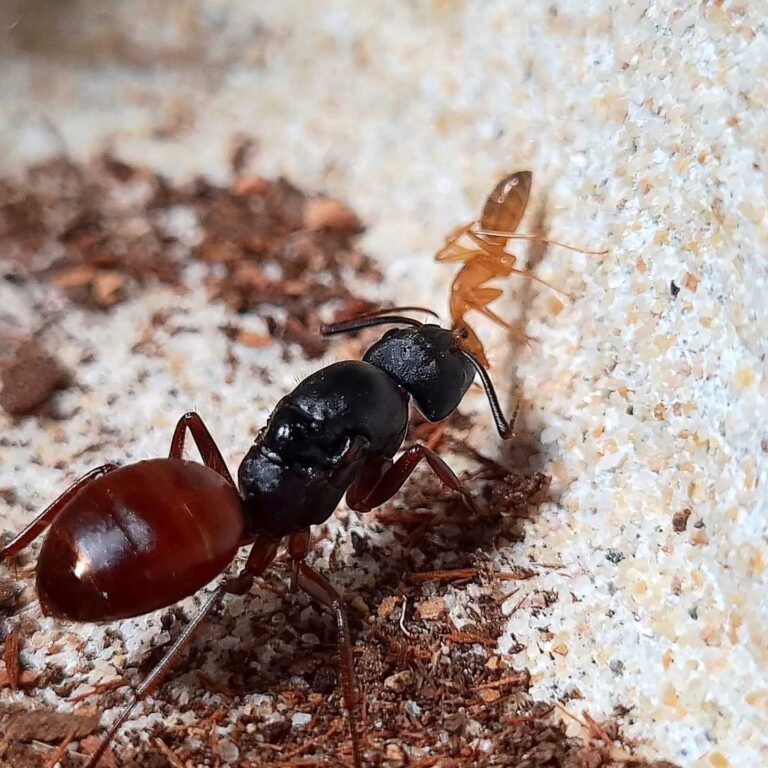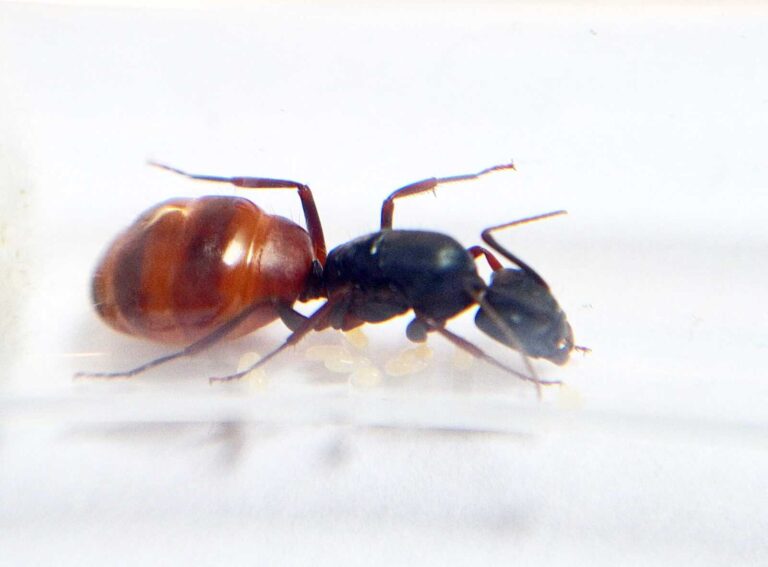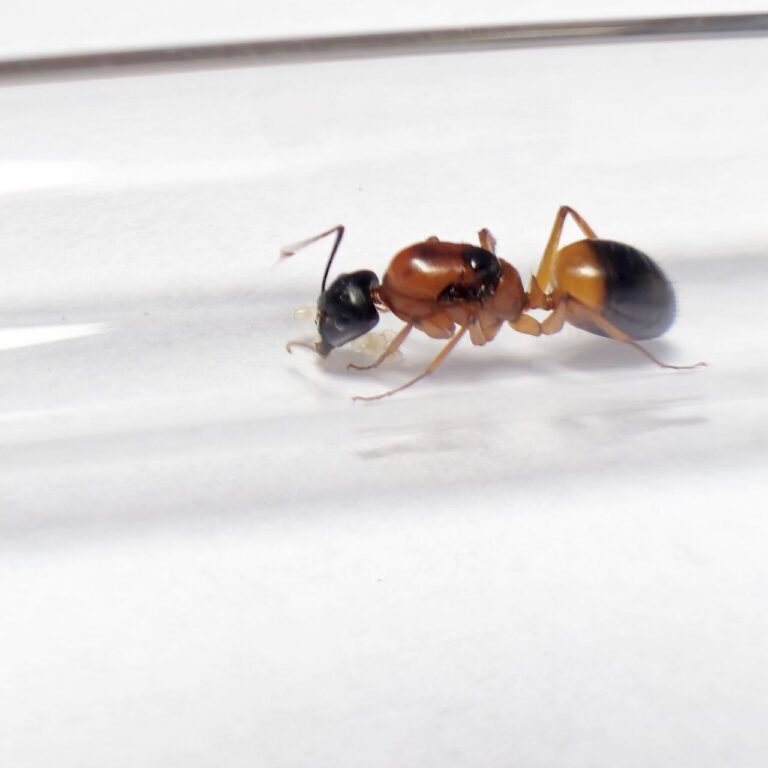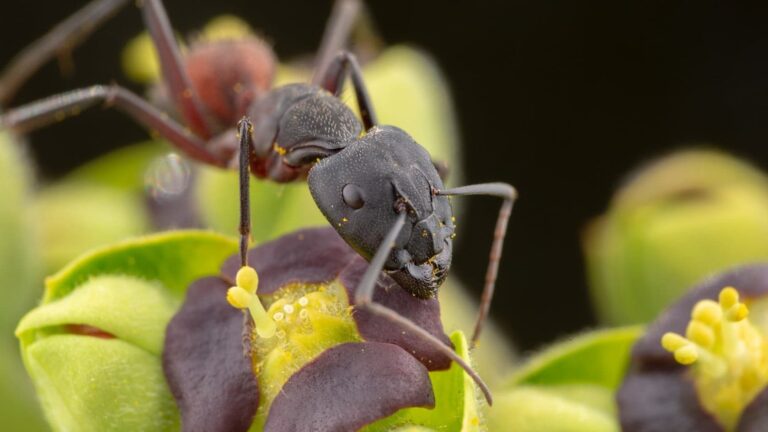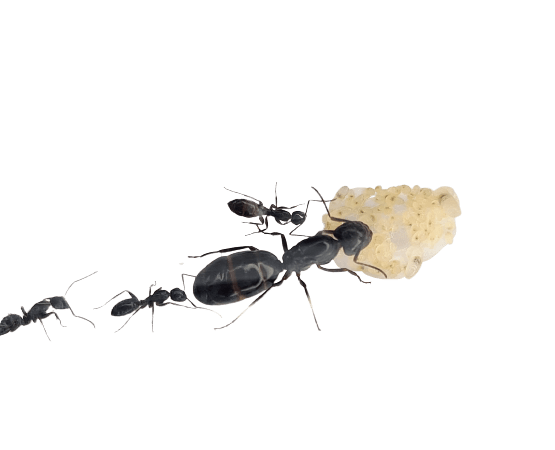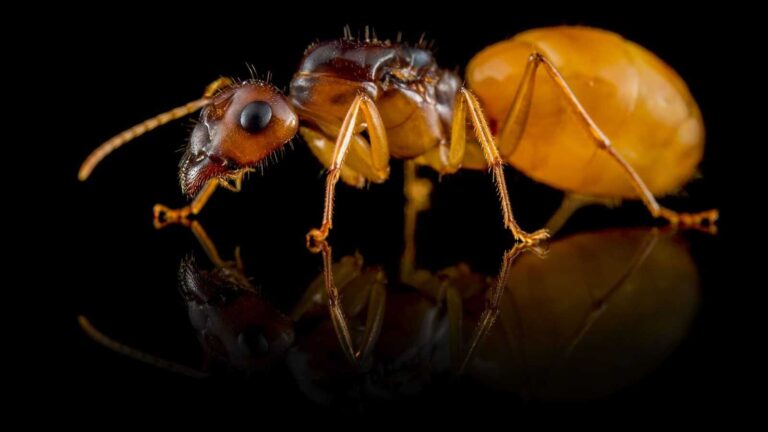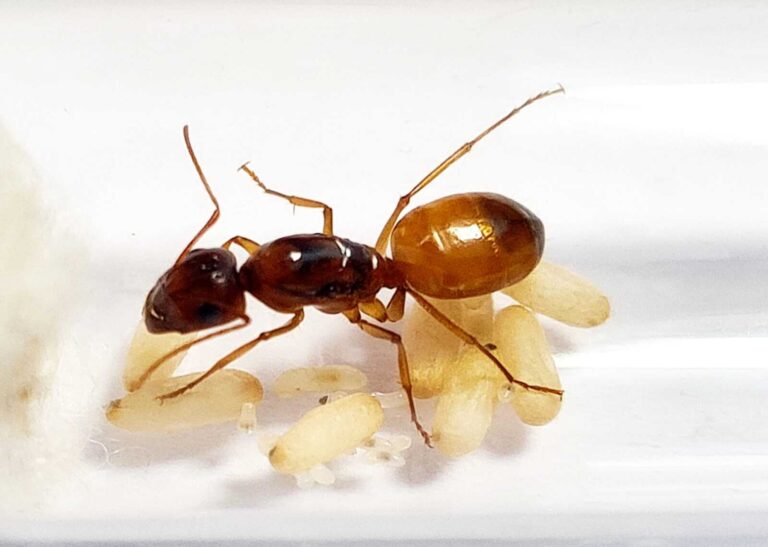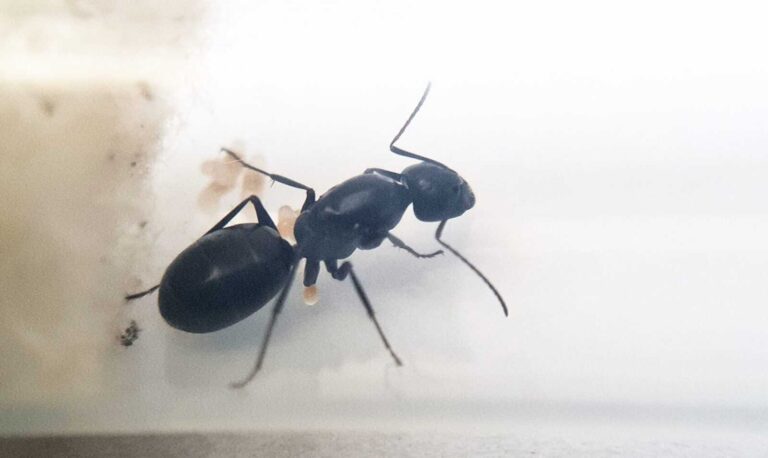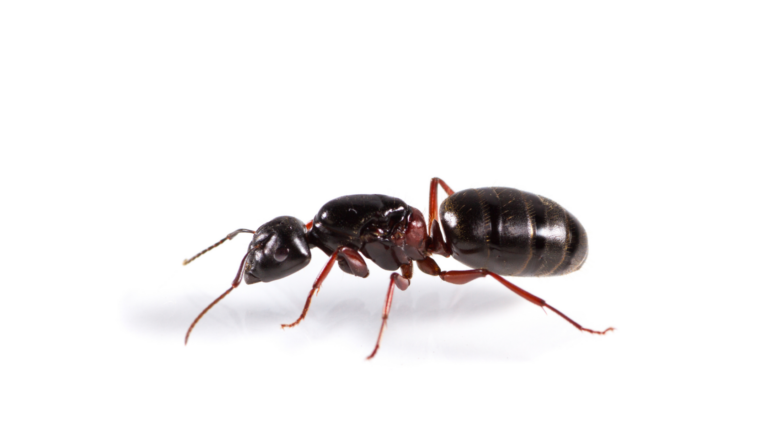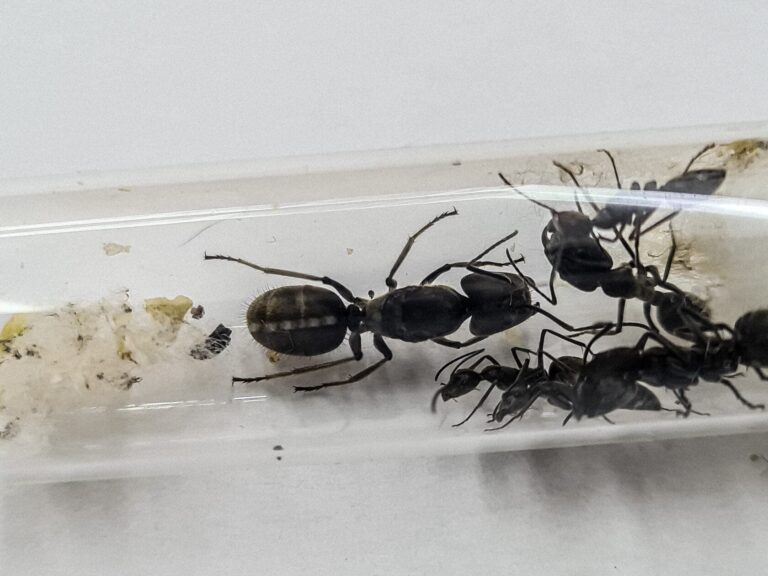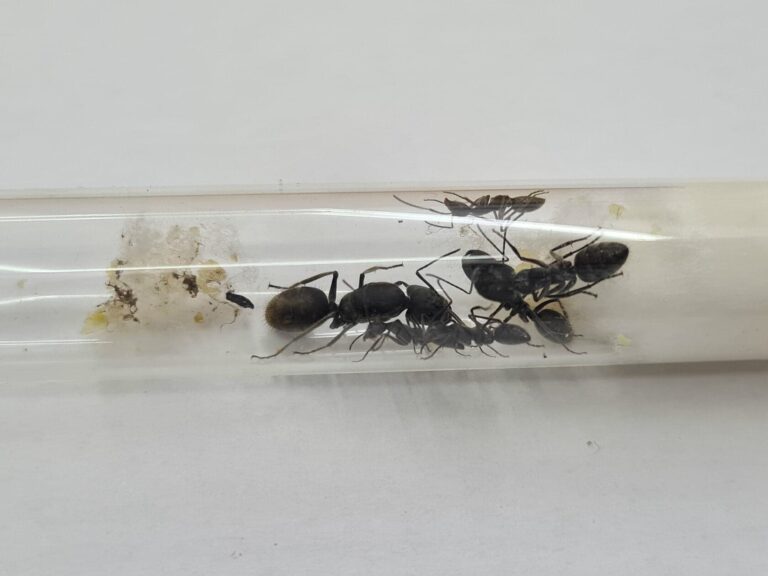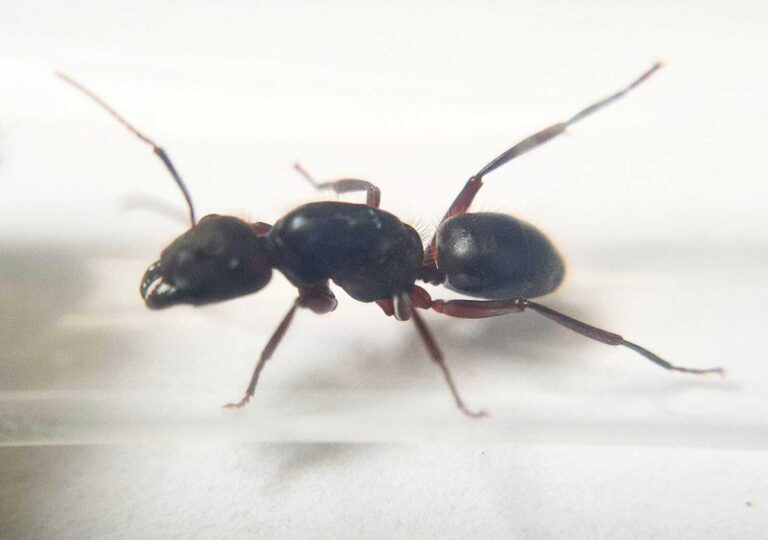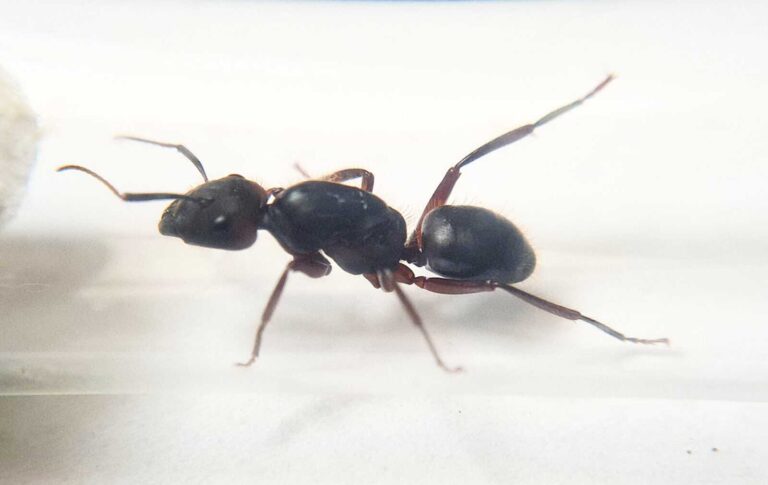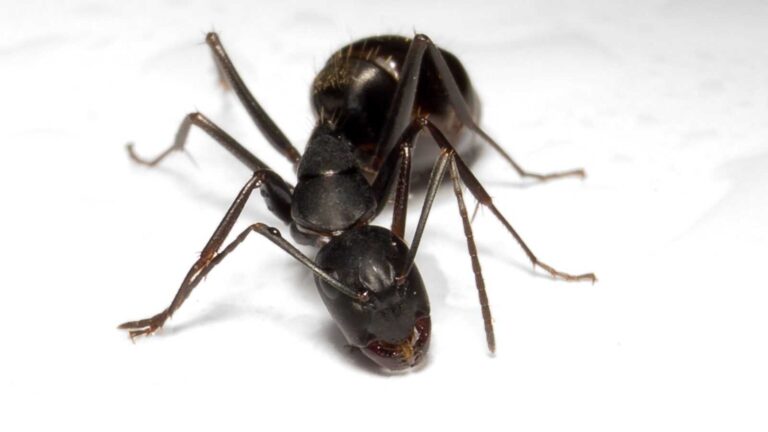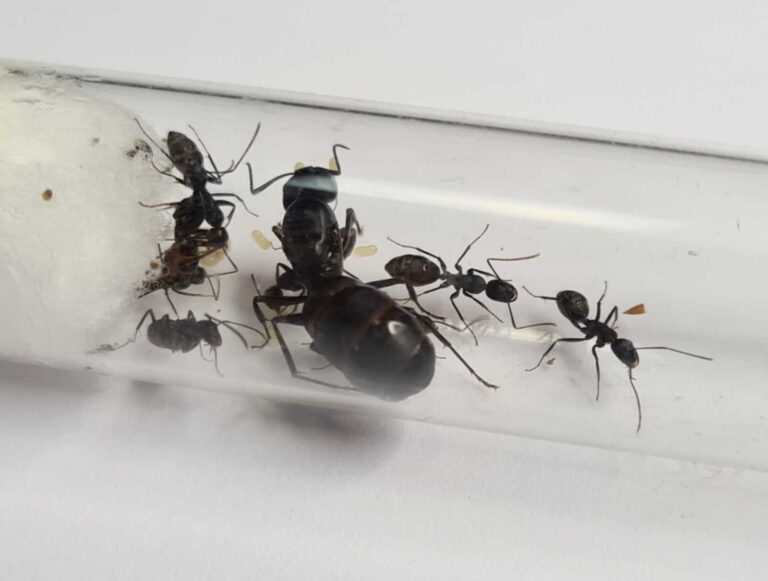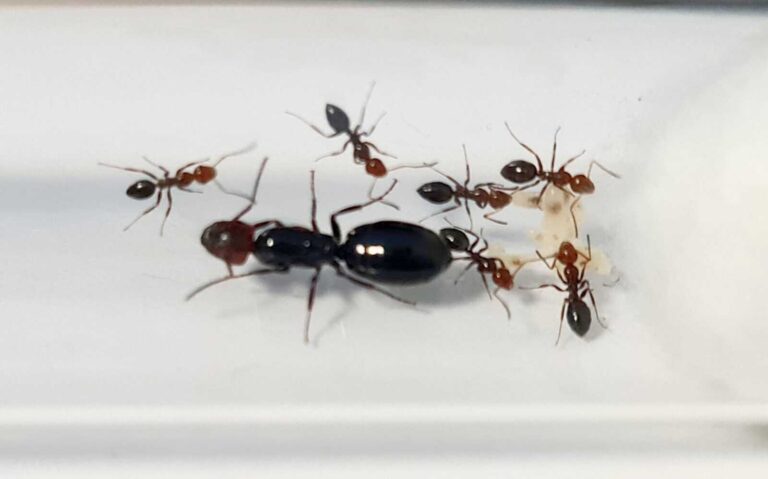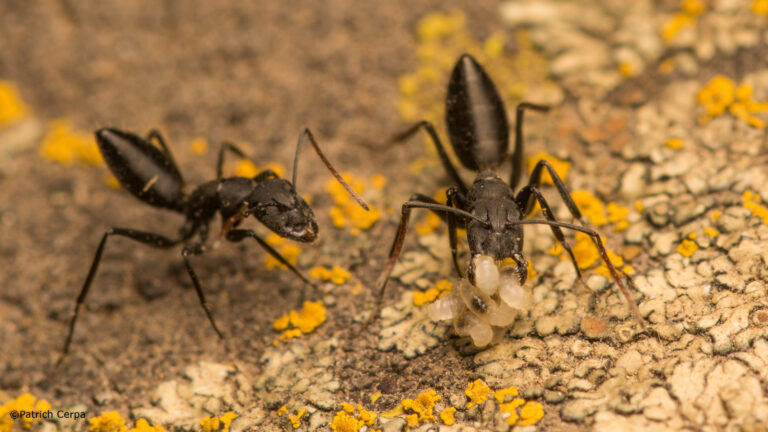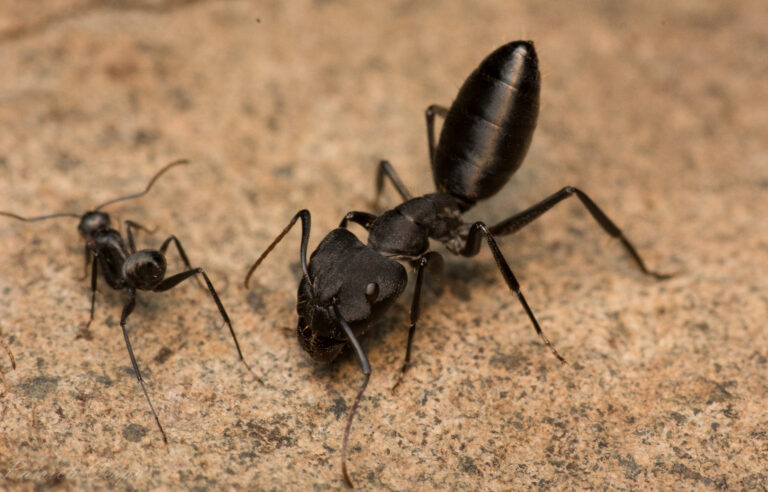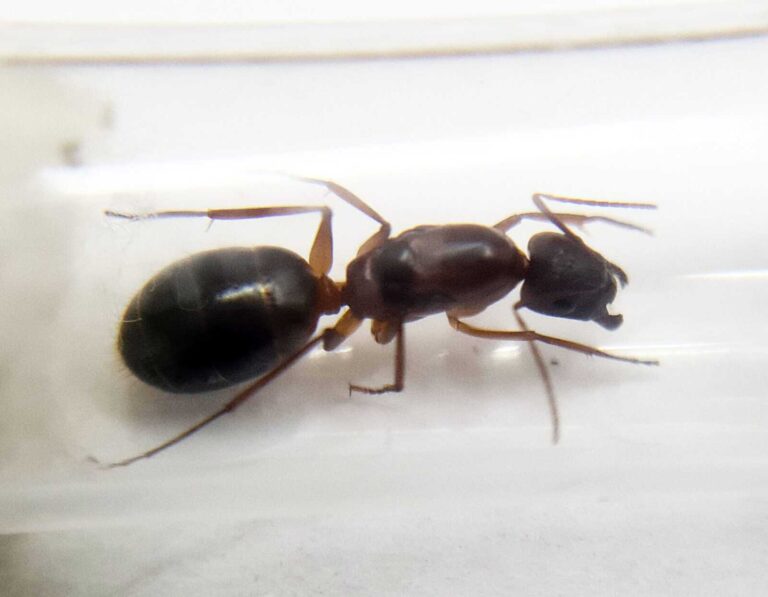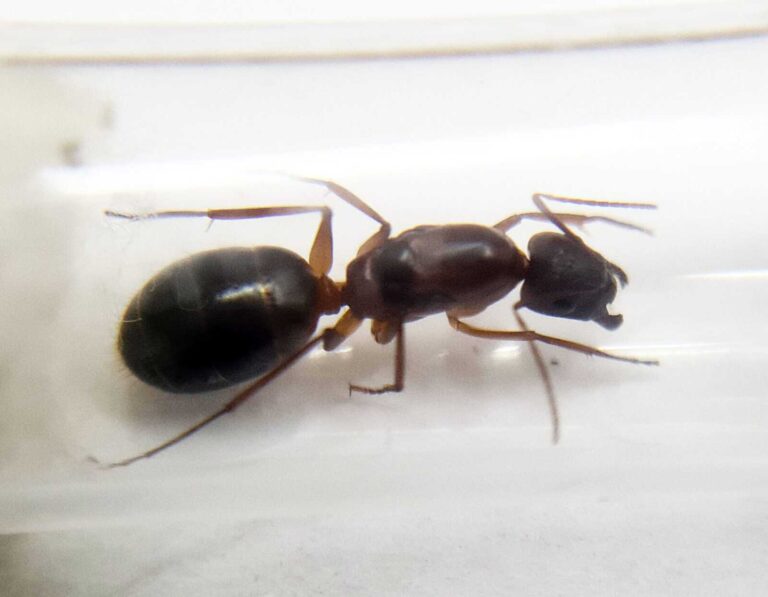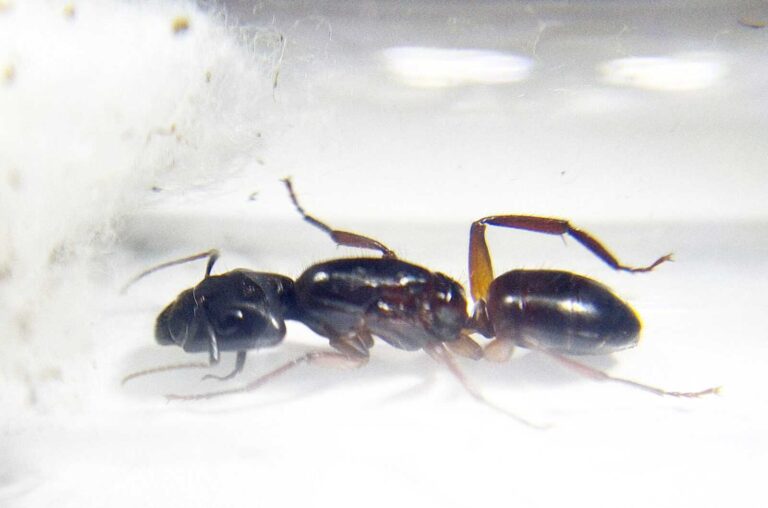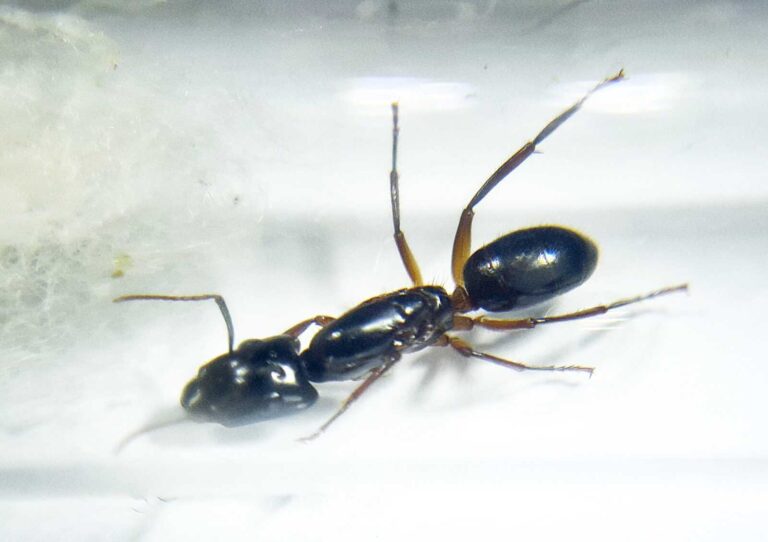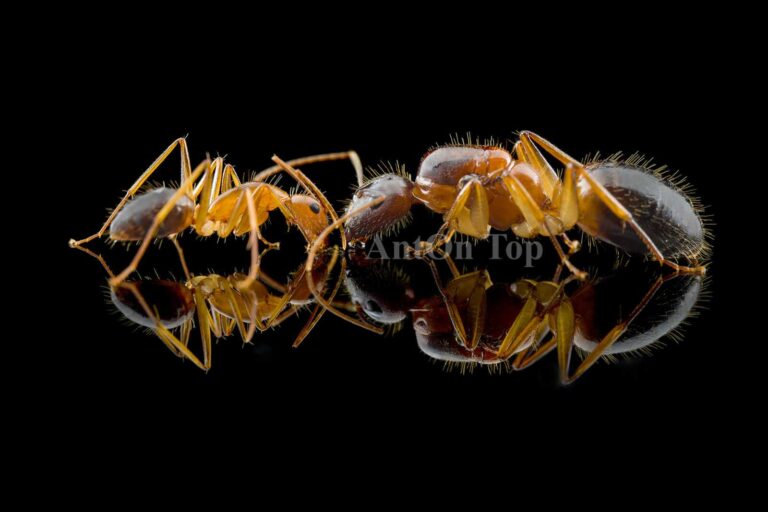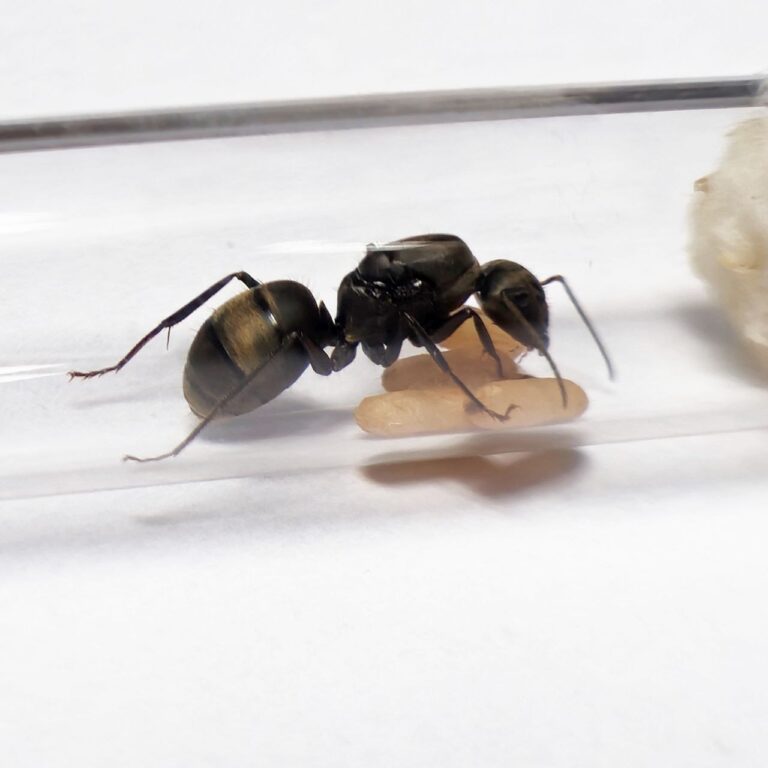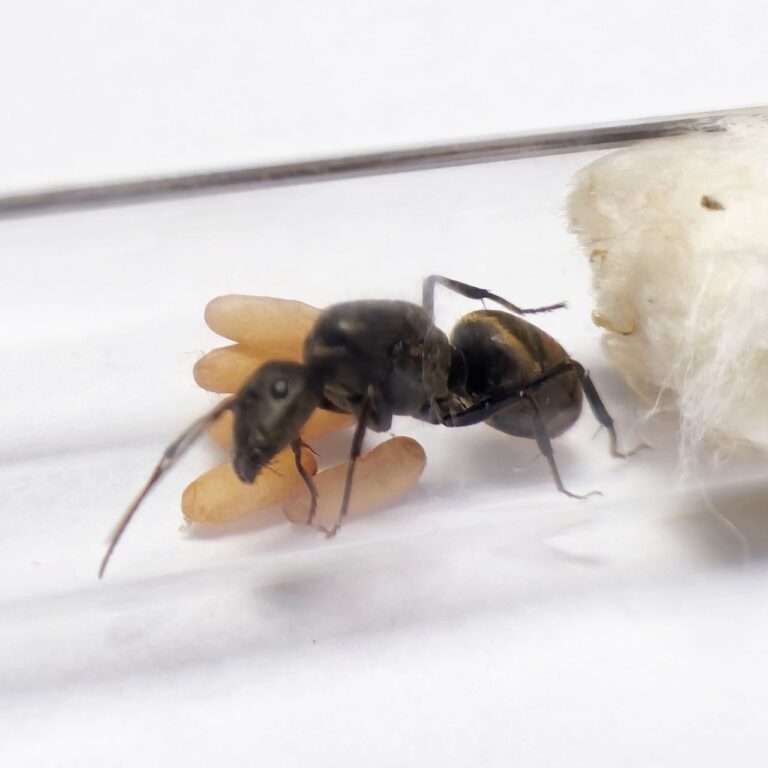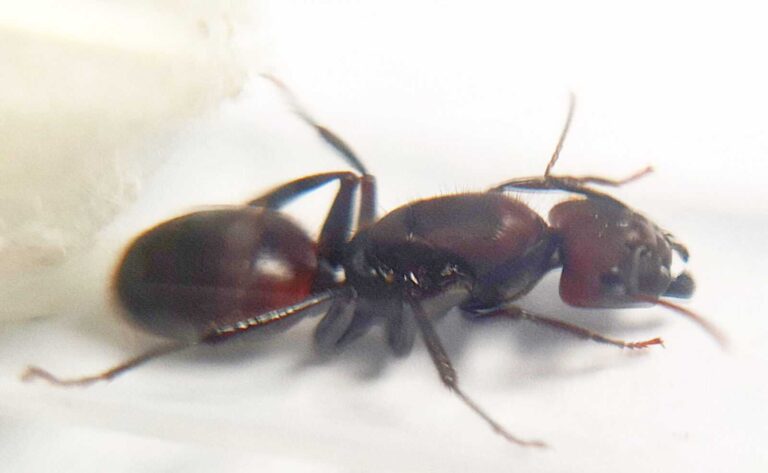Showing 1–20 of 45 results
- Queen 45
- Queen and 1-50 workers 1
- Queen and 1-3 workers 44
- Queen and 4-10 workers 44
- Queen and 11-20 workers 44
- Queen and 21-40 workers 44
- Queen and 41-60 workers 42
- Queen and 61-100 workers 31
- Queen and 51-100 workers 1
- Queen and 101-200 workers 6
- Queen and 201-500 workers 3
- Queen and 501-1000 workers 2
- 2 Queens 4
- 2 Queens and 1-3 workers 2
- 2 Queens and 4-10 workers 2
- 2 Queens and 11-20 workers 2
- 2 Queen and 21-40 workers 2
- 2 Queens and 41-60 workers 2
- 2 Queens and 61-100 workers 1
- 3 Queens 2
- 3 Queens and 1-3 workers 2
- 3 Queens and 4-10 workers 2
- 3 Queens and 11-20 workers 2
- 3 Queens and 21-40 workers 2
- 3 Queens and 41-60 workers 2
- 3 Queens and 61-100 workers 1
Aphaenogaster dulcinea is a monogynous ant species with several thousand workers. They have a medium development speed and their queen measures 6-9 mm while the workers range from 3-5.5 mm. They have a brown top and yellow bottom coloration. Their nutrition includes food insects, syrup, fruits, vegetables, jelly, and cooked chicken without bones.
Aphaenogaster geei is a monogynous ant species with colony sizes of up to 5000 workers. They have a medium development rate and the queen is 11-13mm in size while the workers are 5-9mm. The queen is black in color and the workers are chestnut. Their nutrition consists of food insects, syrup, fruit, vegetables, jelly, and cooked chicken without salt.
Camponotus barbaricus is a monogynous ant species with colonies of up to 10,000 workers. The development rate is medium and the size ranges from 6-17mm. They have a glossy black color with a reddish veil. Their nutrition consists of food insects, syrup, fruit, vegetables, jelly, and cookies.
Camponotus CA02 is a monogynous ant colony with a medium development speed. The colony can have up to 5000 workers. The queen measures 19-23 mm, workers measure 7-14 mm, and majors measure 14-22 mm. They have a black head and chest with an orange-yellow belly. Their nutrition includes insect food, syrup, fruits, vegetables, and jelly.
Camponotus consobrinus is a monogynous ant species with colonies reaching up to 20,000 workers. They exhibit a moderate to fast development speed. Queens typically measure around 16–18 mm in length, while workers range from 6 to 12 mm, showing noticeable polymorphism. This species is known for its striking appearance: the head and thorax are orange to reddish-brown, while the gaster is glossy black, creating a sharp bicolored contrast. They primarily feed on insect prey, sugary substances like honey-water or syrup, jelly, fruit, and protein-rich foods such as cooked chicken or egg.
The Camponotus cruentatus is a monogynous ant species with a colony size of up to 10,000 individuals. They have a medium development rate and come in various sizes, with queens measuring around 14-16 mm and workers and majors ranging from 6-14 mm. They have a dark gray-black color with orange segments on their stomach. Their nutrition consists of food insects and syrup.
Camponotus fallax is a monogynous ant species with colonies that can reach up to 300 workers. They have a medium development rate and are characterized by their glossy black color. The queen is 9-12mm in size, while workers and majors range from 6-9mm. They require a diet consisting of food insects, syrup, fruits, vegetables, jelly, and cooked chicken (unsalted).
Camponotus fedtschenkoi is a monogynous ant species with a colony size of around 4000 workers. Its development speed is considered medium. The queen measures 12-14mm, workers range from 5-9mm, and majors measure 10-15mm. Workers and soldiers are typically yellow in color, but some soldiers may have a black head or both a black head and chest. Queens have a black or brown head and breast with a yellow belly.
Camponotus foreli is a black ant species with a monogynous colony type and a colony size of 5,000 workers. The development speed of this ant is very fast. The queen measures 11-13mm, while workers and majors range from 4-10mm in size. The ants can be fed with food insects, syrup, fruit, vegetables, jelly, and cooked chicken without salt.
The Camponotus herculeanus is a monogynous ant species with colony sizes of up to 5000 workers. They have a slow development rate. The queen measures 16-18 mm, workers measure 8-12 mm, and the majors measure 11-15 mm. They have a red-breast and black head and belly. Their nutrition includes food insects, syrup, fruit, vegetables, and jelly.
Camponotus holosericeus is a monogynous ant species with a colony size of up to 5000 workers. They have a medium development rate and come in different sizes: queens are 16-20mm, workers are 8-11mm, and majors are 11-15mm. They have a gray body with golden hair and their diet consists of food insects, syrup, fruits, vegetables, jelly, and cooked food.
The Camponotus irritabilis ant is a monogynous species with colony sizes of up to 5000 workers. They have a medium development rate and come in various sizes, with queens measuring 16-18mm and workers ranging from 5-9mm. This species has a chestnut brown belly and underside, with a black top. Their diet consists of food insects, syrup, fruits, and vegetables.
The Camponotus japonicus is a monogynous ant species with a colony size of up to 5000 workers. They have a medium development rate and are primarily black in color. Their nutrition consists of food insects, syrup, fruits, vegetables, jelly, and cooked chicken without salt. The queen measures 15-18mm while workers range from 6-9mm and majors from 9-14mm.
Camponotus lateralis is a monogynous ant species with a colony size of up to 1000–2000 workers. The development rate of the species is medium. The queen measures 10–12 mm, workers 4–7 mm, and majors 6–9 mm. They have a shiny black head and gaster with a reddish-orange thorax, creating a striking color contrast. Their diet includes food insects, syrup, fruits, vegetables, jelly, and cooked meat.
Camponotus morosus is a monogynous ant species with colonies containing up to 10,000–15,000 workers. They develop at a moderate speed. Queens measure approximately 15–17 mm in length, while workers range from 6 to 9 mm. Their body exhibits a typical Camponotus contrast: the head and thorax are reddish-brown, while the gaster is dark brown to black.
Camponotus pilicornis is a monogyny ant species with colony sizes of up to 5000 workers. They have a medium development rate. The queen is 14-16mm in size, while workers range from 6-9mm and majors from 10-13mm. They are brown or dark orange in color and feed on food insects, syrup, fruits, vegetables, jelly, and cooked chicken.
The Camponotus pressipes ant is a monogynous colony with a size of up to 2000 workers. They have a medium development rate. The queen is 11-14mm in size, while workers are 5-8mm and majors are 7-11mm. The ants have a black head, brown chest, and dark orange belly. They primarily feed on food insects such as cockroaches and crickets, as well as syrup, fruit, and vegetables.
Camponotus pseudoirritans is a monogynous ant species with colony sizes of up to 5000 workers. They have a medium development rate. The queen is 11-14mm in size, while workers range from 5-8mm and majors from 7-11mm. Their coloration includes dark brown/black heads, brown to yellowish chests, and an orange-brown bottom. They are primarily carnivorous, feeding on insects like cockroaches and crickets, as well as syrup made from a honey-water mixture.
Camponotus pseudolendus is a monogynous ant species with colonies of up to 10,000 workers. They develop at a moderate to fast pace and show clear polymorphism. Queens typically measure around 17–19 mm, workers range from 5 to 11 mm, and majors can reach 12–14 mm.
The Camponotus rufifemur ant is a monogynous species with a colony size of up to 3000 workers. They have a medium development rate and come in various sizes and colors, with the queen measuring 16-18mm and the workers and majors ranging from 5-15mm. Their diet consists of food insects and syrup.



